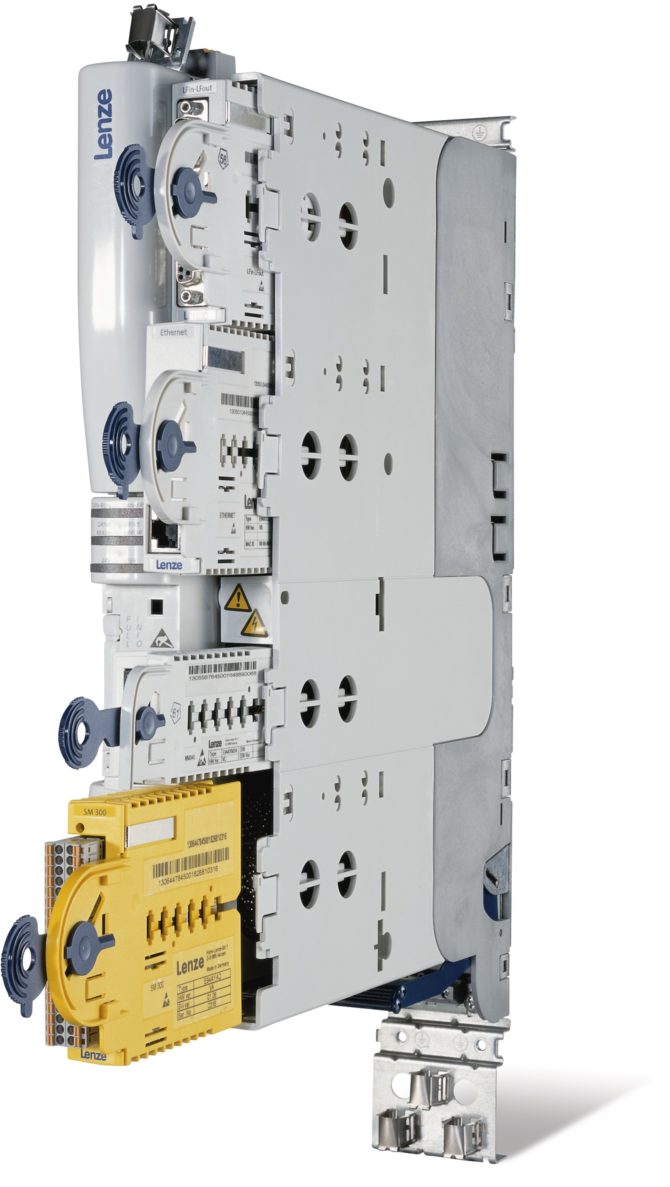
By Craig Dahlquist • Application Engineer at Lenze Americas || As with most applications, the requirements of the application can determine what type of drive architecture is selected.
The single-axis control means that the DC power supply is internal to each drive. The multi-axis control utilizes a central DC power supply that a number of axes share through the common DC power. There are also control schemes that can utilize a combination of both single and multi-axis control.
There are generalities with both the single and multi-axis control schemes. With the multi axis control the assumption is that there are more than three axes in the system that generally require less than 30 kW of total power. Because the power for each axis is shared between a common DC power supply, the cost advantage greatly increases when more and more drive axes share the common power supply.
Generally, multi-axis drives cost less than their single-axis counterparts because the multi axis does not have AC to DC rectification section. Some manufacturers offer multiple axes control in one single multi axis drive unit. In this case, the cost per axis is again significantly reduced.
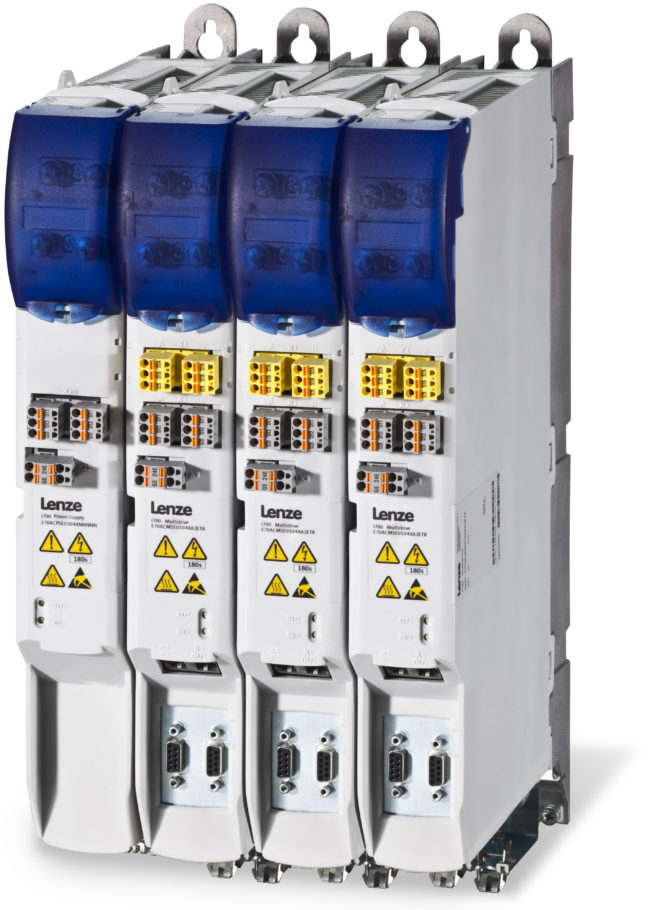
The single-axis design is generally used when there are only a few axes in the system or when the power requirements are larger than 15 kW for individual axes. When there are only a couple axes in the system with a total power of less than 30 kW, the additional cost of the power supply with the multi-axis drives is generally greater than the the single axis solution.This is Lenze’s i700 servo inverter for multi-axis applications.
The multi-axis solution (when cost allows) offers other advantages. Generally, the multi-axis solution requires less control cabinet panel space.
Because there is one main AC line feed for many axes, there is a great reduction in the number of over-current protection devices, line filters or line chokes.
Also, if dynamic brake resistors are necessary, the number resistors required can be reduced. Multi-axis systems have the advantage of sharing power within the closed system. It is possible for some axes in the system to regenerate power other axes in the system motor. While single axis systems can share the DC bus power in a similar fashion, the multi-axis generally can achieve this without additional wiring or fusing.
Overall, when designing a new control cabinet, look to utilize as many axes as possible into a multi-axis control scheme and then for the larger drives use single axis controllers. With this approach, it may be possible to use a smaller control cabinet because the number of devices has been reduced. With less devices being wired and mounted, labor costs can also be reduced. Every new application must be configured to minimize the total costs while assuring that all of the specification requirements are met.

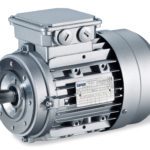

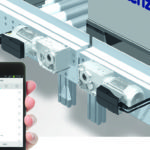
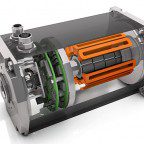
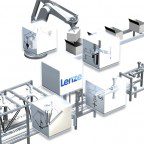

Leave a Reply
You must be logged in to post a comment.